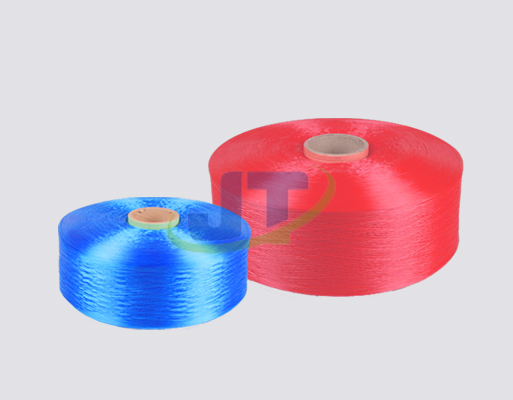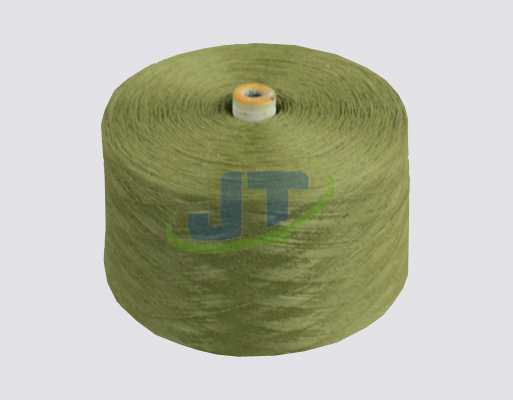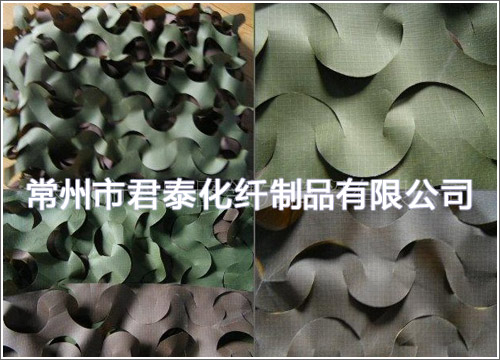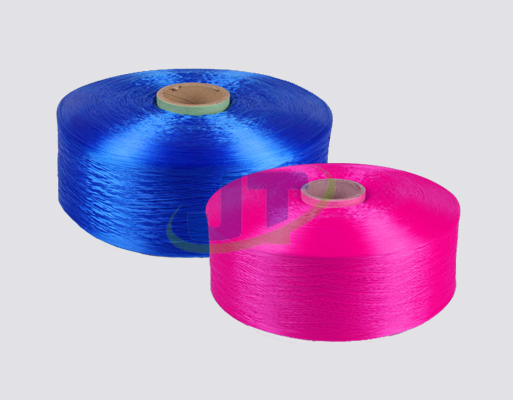

- Tel:0086-519-83783531
- cel:0086-13961177625
- E-mail:jianglijing1022@126.com
- add:cheng zhang Jia zeTown Wujin District, Changzhou City, Jiangsu Province
Since the outbreak of the Russian-Ukrainian conflict in 2022, this war that has continued to this day has profoundly stirred the global economic landscape like a butterfly effect, and its impact on my country's textile industry is multifaceted and far-reaching. On the one hand, after European companies withdrew from the Russian market, Chinese textiles quickly filled the gap with their excellent quality and cost-effectiveness, and their exports to Russia soared; on the other hand, the Russian-Ukrainian conflict seriously threatened the global crude oil supply, and international oil prices fluctuated sharply like a roller coaster, which in turn affected the prices of upstream products in the textile industry chain such as polyester raw materials.
The situation between Russia and Ukraine has escalated again, and the market has fluctuated violently
Recently, the situation between Russia and Ukraine has once again fallen into a tense vortex. According to CCTV News, Ukraine claimed to have launched a special operation on June 1, dispatching drones to destroy 41 Russian strategic bombers, and the drones penetrated more than 4,000 kilometers into Russian territory, while attacking four strategic bomber bases of the Russian Aerospace Forces. If this news is true, its scale and impact are comparable to the "Russian Pearl Harbor Incident", as Russian military bloggers said. Although Russian media denied this, the market has already responded in advance. Brent crude oil and WTI crude oil prices both soared by about 4%, gold spot prices rose by more than 2.5%, and silver spot prices rose by more than 4%. Risk aversion spread rapidly in the financial market, and people were also worried about the subsequent development of the situation.
Polyester raw material market, production cuts drive price increases
In my country's textile industry, the polyester raw material market is currently in a production cut cycle for polyester filament. A month ago, the leading companies in the industry announced that they would increase production cuts, and the second round of production cuts increased by about 8%. At the same time, they began to repair the prices of some loss-making filament varieties. Driven by this, some polyester factories have raised product prices before the holiday. In addition, the superposition of multiple factors such as production cuts and promotions has effectively alleviated the inventory pressure of leading polyester factories in the short term. Looking back at the same period last year, before the off-season, polyester factories broke the routine and sold polyester filaments with a "one-price" strategy, pushing prices up against the trend. Today, upstream crude oil prices have risen sharply due to geopolitical factors, and polyester factories seem to have the confidence to raise prices again.
Weaving enterprises are in trouble and unable to take on high-priced raw materials
However, downstream weaving enterprises in the textile industry chain are facing a completely different situation. In the first half of last year, the grey cloth market was once hot. Although weaving enterprises had meager profits, they relied on the strategy of small profits but quick turnover to significantly reduce the inventory of grey cloth, improve the financial situation of enterprises, and some enterprises even took the opportunity to update equipment and expand production capacity. But this year, the situation took a sharp turn for the worse. Even though profits are still sluggish, new equipment has become a burden. A large number of grey cloths are accumulated and occupy funds, and enterprises can no longer afford high-priced raw materials.
Foreign trade demand is under pressure, and the imbalance between market supply and demand has intensified
At the same time, against the background of growing production capacity, the US tariff policy and the restrictions on cross-border e-commerce in many overseas countries have severely suppressed the growth of foreign trade demand, resulting in an intensified imbalance between market supply and demand, and further compressing the profit margin of conventional grey cloth. Based on the complex status quo of upstream and downstream, although upstream polyester factories have a strong desire to raise prices, it is difficult for the polyester raw material market to reproduce last year's "one price" market when downstream weaving enterprises are unable to take over. The chain reaction caused by the Russian-Ukrainian conflict is still testing the resilience and adaptability of my country's textile industry. The future market trend still needs to continue to pay attention to changes in the situation and dynamic adjustments in various links of the industrial chain.
Statement: The content of this article is compiled from the Internet, and the copyright belongs to the original author; if there is any infringement, please inform us in time and contact us to delete it.
- The core performance advantages
- Black Friday is becoming a perfo
- Why has polypropylene high-stren
- The global trade landscape is un
- Why has polypropylene high-stren
- The economic operation of the in
- Why does polypropylene high stre
- The textile industry has witness
- Today, let's take a look at the
- The Third International Conferen




